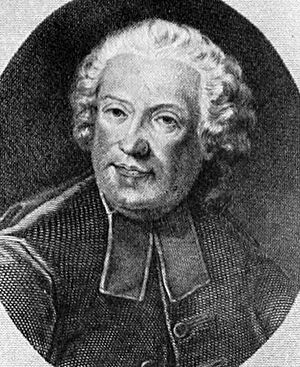Libretto facts for kids
A libretto is the story and words written for an opera. Think of it as the script for a musical play that is sung. Libretti (that's the plural of libretto) are also used for other musical works. These include oratorios, cantatas, masses, and musicals. The person who writes a libretto is called a librettist. The word "libretto" comes from Italian. It means "little book."
Contents
What is a Libretto?
A libretto provides all the words that singers perform. It includes the dialogue, songs, and sometimes stage directions. It's the foundation upon which the composer builds the music. Without a libretto, there would be no story or characters for the music to bring to life.
Who Writes Libretti?
Most of the time, a composer works with a librettist. The librettist writes the words, and the composer then sets them to music. Sometimes, a composer might write their own libretto. Famous composers like Richard Wagner and Michael Tippett wrote both the music and the words for their operas.
Many libretti are based on existing stories. They might come from famous books, plays, or even historical events. Other times, the librettist creates a completely new story.
Famous Librettists in History
Throughout history, many talented people have written libretti. In the 18th century, Pietro Metastasio was very well-known. Many composers used his libretti for their own music. Another important 18th-century librettist was Lorenzo da Ponte. He wrote the words for three of Mozart's most famous operas.
In the 19th century, Eugène Scribe wrote a huge number of libretti. Composers like Giacomo Meyerbeer, Daniel Auber, and Giuseppe Verdi used his works. French writers Henri Meilhac and Ludovic Halévy created many libretti for Jacques Offenbach and Georges Bizet. Later, Arrigo Boito wrote for Giuseppe Verdi and even composed two operas himself. Hugo von Hofmannsthal wrote many libretti for the composer Richard Strauss.
Words or Music First?
Usually, the libretto is written before the music. This allows the composer to create music that fits the story and emotions. However, sometimes composers do things differently. Composers like Giacomo Puccini and Pietro Mascagni sometimes wrote some music first. Then, they found words to match the melodies they had already created.
Libretti for Musicals
Musicals are a bit different from operas. They usually have "lyrics" for the songs. They also have a separate "book" for the spoken dialogue and stage directions. Sometimes, the lyrics and the book are written by different people. For example, in the musical Fiddler on the Roof, Jerry Bock wrote the music, Sheldon Harnick wrote the lyrics, and Joseph Stein wrote the book.
Images for kids
-
Cover of a 1921 libretto for Giordano's Andrea Chénier
-
The composer of Cavalleria rusticana, Pietro Mascagni, flanked by his librettists, Giovanni Targioni-Tozzetti and Guido Menasci
-
Pages from an 1859 libretto for Ernani, with the original Italian lyrics, English translation and musical notation for one of the arias
-
Henry Purcell (1659–1695), whose operas were written to English libretti
-
Poster for La figlia di Iorio where the librettist, Gabriele D'Annunzio, is given top billing
See also
 In Spanish: Libreto para niños
In Spanish: Libreto para niños







